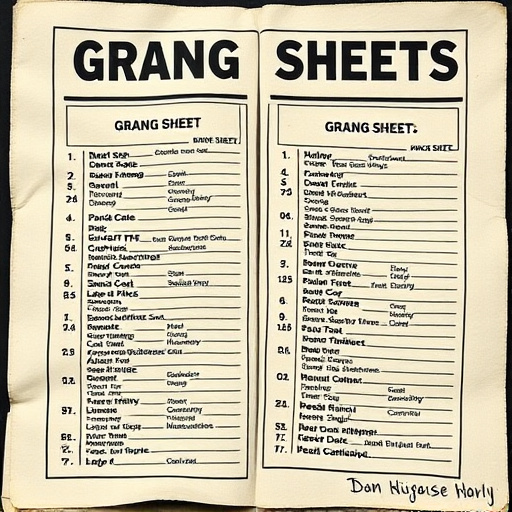Understanding customer perceptions of value is key to effectively communicating competitive pricing. Tailor messaging based on needs and preferences, highlighting unique features for a fair and desirable proposition. Define USPs, use case studies and visual aids, and actively measure customer feedback for continuous refinement, building trust through demonstrated value.
In today’s competitive market, effectively communicating your pricing strategy is vital for attracting and retaining customers. This article guides you through mastering competitive pricing, starting with understanding your target audience’s perception of value. We’ll explore strategic approaches to present pricing transparently and attractively. Additionally, learn how to measure customer feedback and adjust your strategy accordingly to ensure long-term success in setting and presenting competitive pricing.
- Understanding Your Target Market's Perception of Value
- Strategies to Present Competitive Pricing Effectively
- Measuring and Adjusting Based on Customer Feedback
Understanding Your Target Market's Perception of Value

Understanding your target market’s perception of value is a critical step in communicating competitive pricing effectively. What seems like a reasonable price to one customer might be considered excessive or too low to another, depending on their needs and preferences. For instance, a buyer looking for high-quality, long-lasting products with superior scratch protection will likely view a higher price as an investment, while someone prioritizing budget-friendliness may find the same price prohibitive.
Consequently, tailoring your messaging to resonate with these differing perceptions is key. Highlighting features that align with your target audience’s priorities—be it exceptional UV protection, durable custom graphics, or superior performance—will help justify your pricing strategy. By aligning your value proposition with customer expectations, you can ensure your competitive pricing is perceived as a fair and desirable offering.
Strategies to Present Competitive Pricing Effectively

To present competitive pricing effectively, it’s crucial to frame your value proposition clearly. Instead of solely focusing on the price tag, highlight what your products or services offer that sets them apart in the market. For instance, if discussing ceramic coating, emphasize its durability and protection against scratches compared to traditional wax. This approach aligns with consumer psychology, as people are often willing to pay more for perceived value and quality.
Tailor your messaging based on your audience’s interests. For car customization enthusiasts, highlight how competitive pricing on add-ons like window tinting not only saves them money but also enhances their vehicle’s aesthetics and performance. Use case studies or customer testimonials to showcase real-world benefits. Visual aids, such as charts comparing your prices with competitors, can be powerful tools. They provide transparency and help customers understand the value they receive, fostering trust in your brand.
Measuring and Adjusting Based on Customer Feedback

Effective communication of competitive pricing strategies relies on a feedback loop that involves actively measuring customer responses and adjusting your approach accordingly. By gauging customer feedback, you gain valuable insights into how your pricing structure is perceived, especially when introducing innovative services like custom vehicle wraps or car customization packages. This feedback can highlight areas where your competitive pricing might need refinement to better align with market expectations and client budgets.
Regularly reviewing these responses allows you to make data-driven adjustments, ensuring that your competitive pricing remains not only attractive but also realistic and fair. Embracing this iterative process fosters trust with your audience, demonstrating a commitment to providing exceptional value for their investment in services like vehicle wraps or car customization.
Competitive pricing is a powerful tool to attract and retain customers, but effective communication is key. By understanding your target market’s perception of value, employing strategies to present pricing effectively, and adjusting based on customer feedback, you can optimize your approach to meet their expectations. These steps ensure that your competitive pricing strategy resonates with your audience, fostering trust and loyalty in the process.














